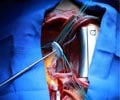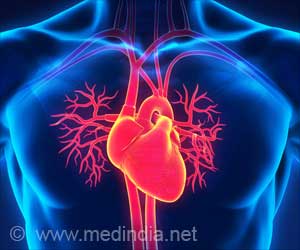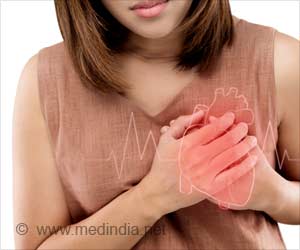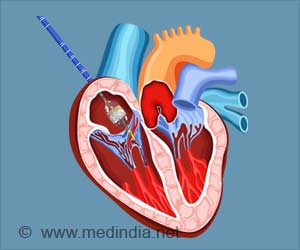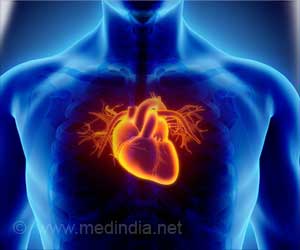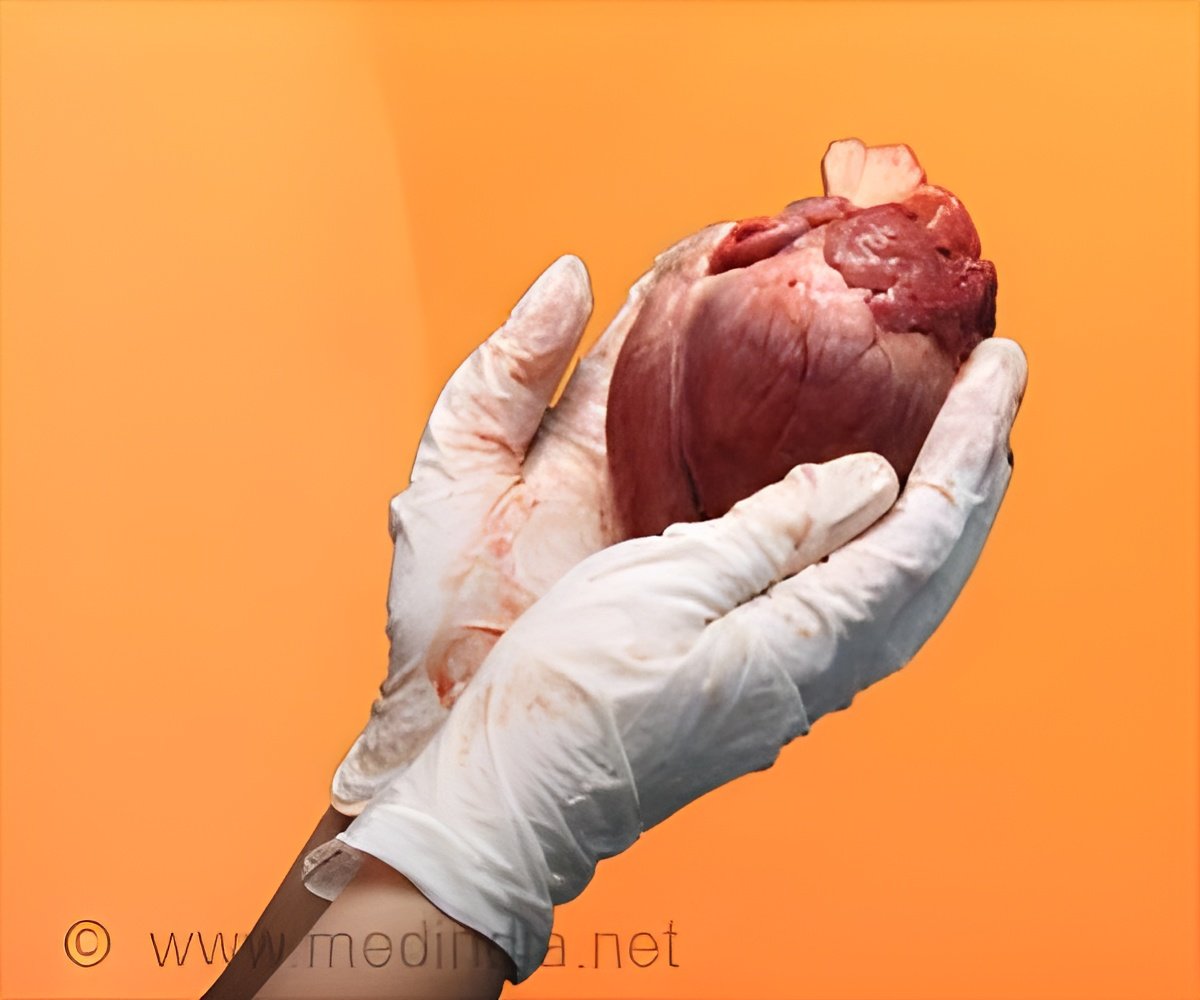
‘The discovery of a new cell that can help heal injured heart muscle will open the door to new therapies and hope for the millions of people who suffer from heart disease.’





"The fuel that powered this study is the funding from the Heart and Stroke Foundation of Canada, the collaboration between two major research institutes at CSM (Snyder and Libin) and the important contribution of philanthropy from the Libin and Snyder families to obtain imaging equipment available to very few programs globally," says Kubes, the Director of the Snyder Institute for Chronic Diseases at the Cumming School of Medicine and Professor in the Department of Physiology and Pharmacology. Heart doctors had never before explored the possibility that cells just outside the heart could participate in healing and repair of hearts after injury. Unlike other organs, the heart has a very limited capacity to repair itself which is why heart disease is the number one cause of death in North America.
" We always knew that the heart sits inside a sac filled with a strange fluid. Now we know that this pericardial fluid is rich with healing cells. These cells may hold the secret to repair and regeneration of new heart muscle. The possibilities for further discovery and innovative new therapies are exciting and important," says Fedak, a professor in the Department of Cardiac Sciences.
Working together and bringing expertise across disciplines the basic researchers working with the cardiac surgeon, clinician researcher, have identified the cell in less than three years. A relatively quick time frame to move research from the lab and animal models to people.
Next Fedak hopes to recruit a basic scientist to move the research to a broader study of human heart repair. This new program will extend the collaboration between basic and clinical research to find potential new therapeutics to improve heart repair.
Advertisement

